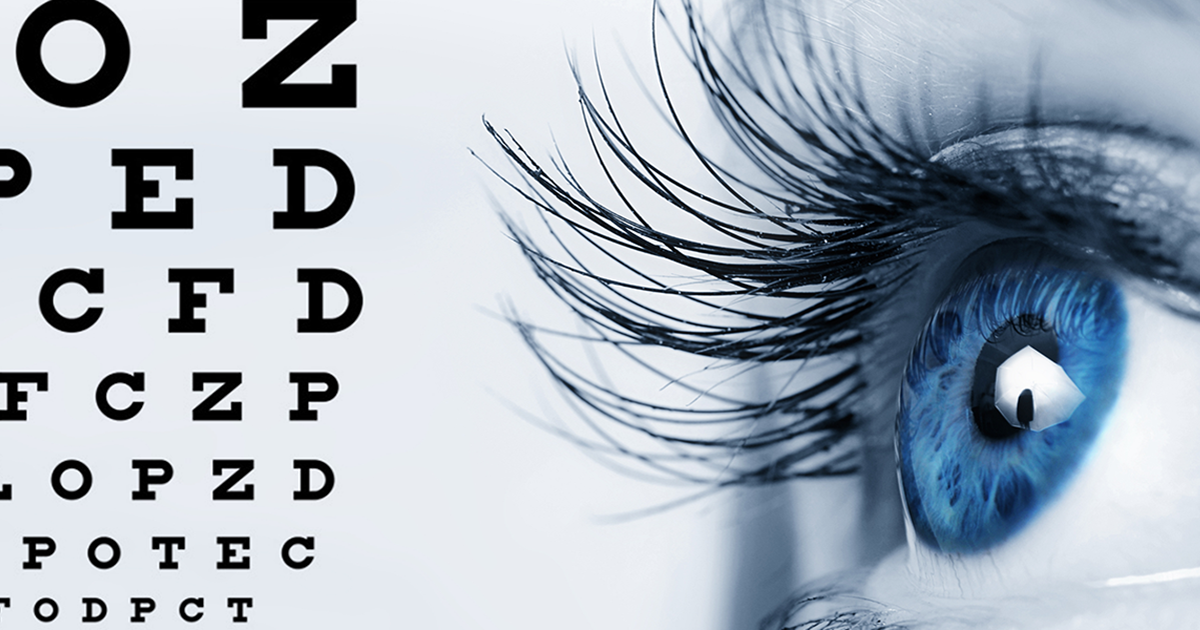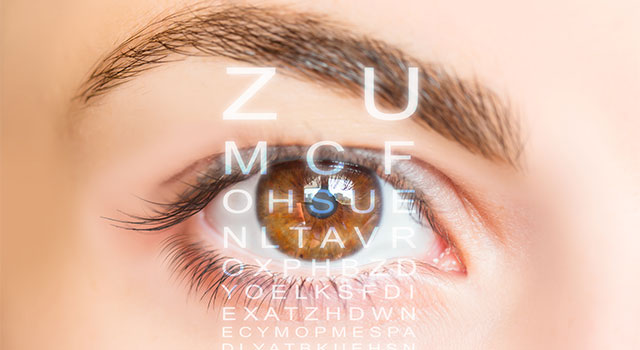Specialist Glaucoma Service Near Me: Advanced Therapy Options
Specialist Glaucoma Service Near Me: Advanced Therapy Options
Blog Article
The Role of Advanced Diagnostic Devices in Identifying Eye Disorders
In the world of ophthalmology, the use of sophisticated analysis tools has changed the early recognition and administration of numerous eye conditions. From discovering subtle modifications in the optic nerve to keeping an eye on the progression of retinal illness, these technologies play an essential role in improving the accuracy and effectiveness of detecting ocular problems. As the demand for exact and prompt diagnoses proceeds to grow, the combination of cutting-edge tools like optical comprehensibility tomography and visual field testing has come to be indispensable in the world of eye treatment. The detailed interplay between modern technology and ophthalmic techniques not just clarifies complex pathologies yet also opens doors to customized therapy strategies.
Importance of Early Diagnosis
Early diagnosis plays a critical function in the efficient administration and treatment of eye conditions. Timely identification of eye conditions is important as it enables for timely intervention, potentially avoiding additional progression of the disease and reducing long-term complications. By spotting eye disorders at a beginning, medical care providers can offer suitable therapy strategies customized to the particular condition, ultimately leading to far better end results for individuals. Furthermore, early diagnosis makes it possible for people to gain access to required support solutions and resources quicker, improving their total high quality of life.

Technology for Identifying Glaucoma
Advanced diagnostic modern technologies play a vital role in the early discovery and tracking of glaucoma, a leading root cause of irreversible loss of sight worldwide. One such technology is optical comprehensibility tomography (OCT), which provides comprehensive cross-sectional photos of the retina, enabling the dimension of retinal nerve fiber layer density. This measurement is important in evaluating damages brought on by glaucoma. One more innovative device is visual field screening, which maps the level of sensitivity of a client's aesthetic area, helping to discover any type of areas of vision loss attribute of glaucoma. In addition, tonometry is used to determine intraocular stress, a significant threat element for glaucoma. This examination is critical as elevated intraocular pressure can cause optic nerve damages. More recent modern technologies like the use of artificial intelligence algorithms in evaluating imaging data are showing appealing results in the early discovery of glaucoma. These advanced analysis devices make it possible for eye doctors to detect glaucoma in the original source its beginning, permitting timely treatment and far better monitoring of the condition to protect against vision loss.
Role of Optical Comprehensibility Tomography

OCT's capacity to quantify retinal nerve fiber layer thickness enables for specific and objective measurements, helping in the very early discovery of glaucoma also before visual field flaws come to be noticeable. Overall, OCT plays an important function in boosting the analysis precision and monitoring of glaucoma, ultimately contributing to better results for individuals at danger of vision loss.
Enhancing Diagnosis With Visual Field Testing
A crucial element in thorough ocular assessments, visual field testing plays a critical function in improving the diagnostic process for various eye disorders. By assessing the full extent of a patient's visual field, this examination gives critical details concerning the useful honesty of the whole visual pathway, from the retina to the aesthetic cortex.
Aesthetic area testing is particularly valuable in the diagnosis and monitoring of problems such as glaucoma, optic nerve conditions, and various neurological diseases that can influence vision. With quantitative measurements of outer and main vision, clinicians can spot refined adjustments that try here may indicate the visibility or development of these disorders, also prior to visible symptoms take place.
Moreover, visual area testing permits the surveillance of treatment efficacy, aiding ophthalmologists tailor healing interventions to specific clients. eyecare near me. By tracking changes in aesthetic field efficiency in time, doctor can make informed choices regarding readjusting medicines, recommending medical interventions, or carrying out other ideal steps to maintain or improve a person's visual feature
Managing Macular Deterioration

Conclusion
To conclude, advanced diagnostic devices play a crucial role in identifying eye disorders early on. Technologies such as Optical Coherence Tomography and aesthetic field screening have considerably improved the precision and performance of detecting problems like glaucoma and macular deterioration. Early detection permits timely treatment and administration of these conditions, eventually bring about better outcomes for patients. It is essential for healthcare specialists to remain updated on these advancements to give the very best feasible care for their patients. eyecare near me.
Report this page